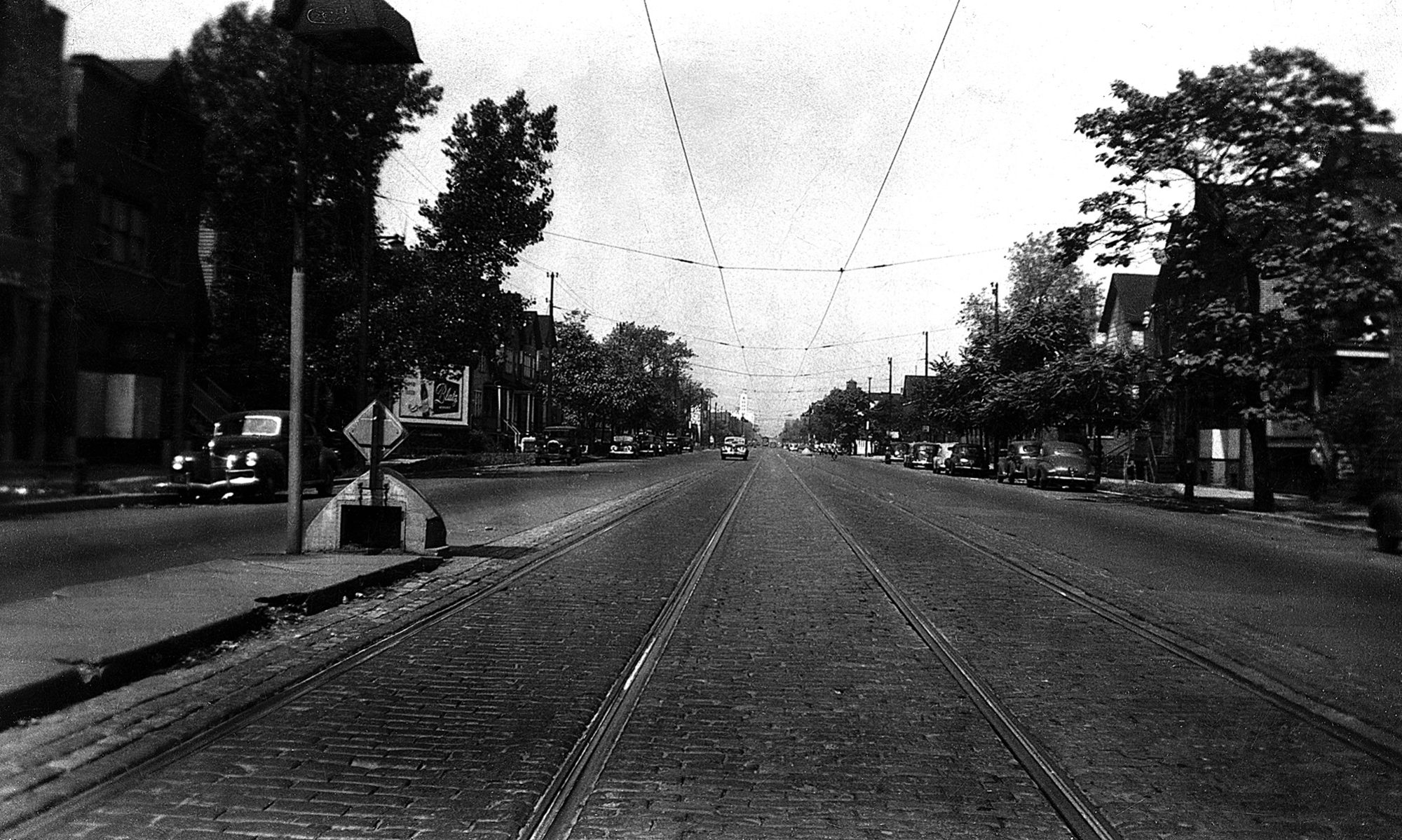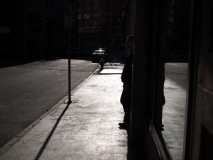I tried to make it work, but it couldn’t last. Supsistic Gallery failed me and I let it go. The obscure terminology and illogical human factors were just the beginning of the problems. Changing the order of galleries on my gallery page required deleting and recreating the gallery page in the Supsystic plugin. It’s buggy. The failure of a simple two image galleries was the last straw.
I had two images that I wanted to show in a post. The post is about the edits done to an image and I wanted the reader to be able to see the raw image and the result of editing. It was a great idea because in theory both images would be displayed on the page. A click on either image would display the images in a larger pane and the navigation arrows (forward/back) would allow the reader to view both images in the same pane to get a comparison. Forward/back didn’t work. Even clicking on the thumbnail of the other image at the bottom of the pane didn’t work. Changes to the settings were ineffective. I quit and searched for an alternative.
I found NextGEN Gallery by Imagely. The first thing I did was look at reviews and there were a huge number of one star reviews. On closer look, I found that the bad reviews were a year old and the good reviews are recent: a good sign. I checked out a video on their web site that described the interface and its use in creating galleries and albums.
I downloaded the free version of NextGEN Gallery and loved it. It was intuitive, unlike Supsystic Gallery. I purchased the pro version. The result was a better appearance on my site and more reliable performance. My Gallery page looks more finished and professional. The simple gallery in my image edit post dropped in without a hitch and works as desired.
There may be a WordPress plugin that is even better on the market. Until I find a fatal flaw in NextGEN, I’m going to stick with it. It seems to do almost everything that needs to be done on a photo blog.


